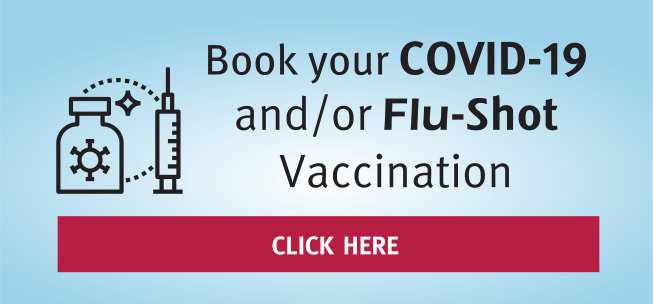
You wear compression stockings to improve blood flow in your legs. Compression stockings gently squeeze your legs to move blood up your legs. This helps prevent leg swelling and, to a lesser extent, blood clots. If you have varicose veins, spider veins, or have just had surgery, your doctor may prescribe compression stockings.
Funding
In the province of Ontario, the Ministry of Health's Assistive Devices Program (ADP) provides funding assistance to individuals who have a valid Ontario Health Card and meet the program's eligibility criteria.
Many insurance companies can provide coverage through Employer Benefit plans.
Check with your provider for full details.
We can help.
Come and see us if you experience any of the following symptoms:
- Heavy, tired, or aching legs;
- Initial signs of varicose veins;
- A feeling of tension, cramps, or fatigue in your legs;
- Swollen ankles/feet;
- Spider veins;
- Skin discoloration or problems;
- Leg Ulcer.
How to Buy Compression Stockings?
First, call your health insurance or prescription plan to:
- Find out if they pay for compression stockings;
- Ask if your durable medical equipment benefit pays for compression stockings;
- Get a prescription from your doctor;
- Come to see us and we can measure your legs so you get a good fit.
Did you know?
According to The Journal of Occupational and Environmental Medicine, medical compression socks have been proven more effective at reducing aches and pain in the legs than industrial rubber floor mats?
Wearing stockings helps you with:
- Aching and heavy feeling in legs
- Swelling in legs
- Preventing blood clots, especially after surgery or injury when you are less active
The first category in which compression socks can be purchased are an over the counter product and is 15-20mmhg compression. These are a low compression sock and are designed for people who sit or stand for prolonged periods, or for those who have tired or achy legs.
The second category of sock is a measured sock and for these you will need a prescription from your family doctor indicating the recommended pressure. This pressure will depend on the severity of the venous disease. Below is a guideline used by your physician to establish proper compression:
- 20-30mmhg - Mild varicose veins with minimal edema and post–sclerotherapy of small veins, DVT.
- 30-40mmhg - Moderate to severe varicosities to moderate swelling, primary venous ulcer.
- 40-50mmhg - Severe varicosities, severe edema , reversible Lymphedema, Recurrrant venous ulcers.
- 50-60mmhg - Unmanageable venous ulcers, severe Lymphedema, Severe Post Thrombotic Syndrome.

The third category of compression sock is custom measurement. There are times when a person with venous disease does not fit into sizing perimeters. It is crucial this happens so on certain occasions custom measurements are required.
Compression socks are made and designed with both men and women in mind and they range in various styles such as knee high, thigh high, or pantyhose. They can be purchased in a sock material , sheer ,ultra sheer and rubber material to promote comfort and effectiveness. Wearing your compression socks every day is crucial for effective therapy so making it a daily habit is very important.
There are some contraindications for wearing compression socks some of which are arterial insufficiency, uncontrolled congestive heart failure, and acute and weeping dermatitis. There may be more contraindications so please consult your physician if you are planning to use measured or custom compression therapy.




